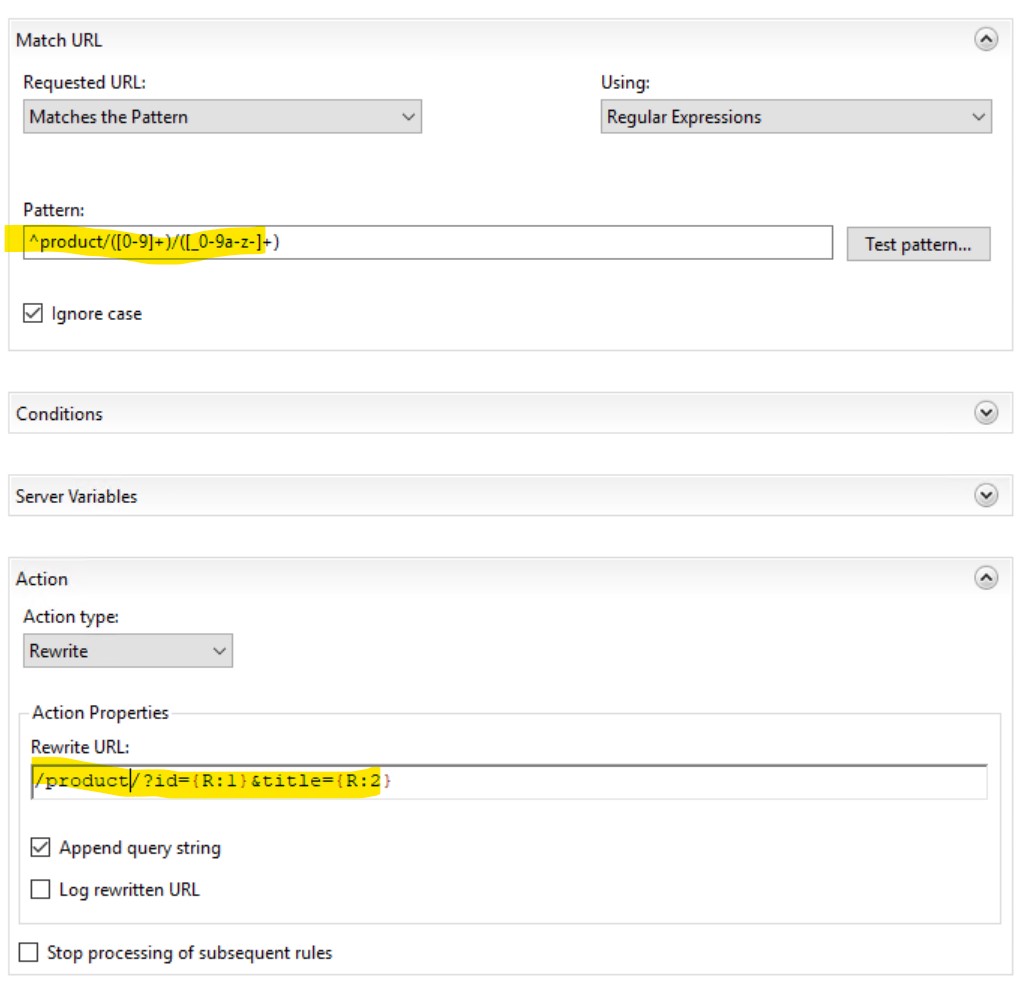
URLs that are easy to read and understand not only make it easier for users to navigate a website, but they also make it easier for search engines to index and rank the site. ColdFusion is a popular web development language that can be used to create dynamic websites. In this article, we will discuss how to use the Windows URL Rewrite module with ColdFusion to create SEO-friendly URLs.
URL rewriting is the process of modifying a website's URLs to make them more user-friendly and SEO-friendly. For example, instead of using a URL like https://www.example.com/product/?id=123, a rewritten URL could be https://www.example.com/product/123. The rewritten URL is more user-friendly because it is easy to read and understand. It is also more SEO-friendly because it includes keywords that are relevant to the page's content.
There are several reasons why you should use URL rewriting on your website. Here are a few:
ColdFusion is a powerful web development language that can be used to create dynamic websites. If you are using ColdFusion on a Windows server, you can use the Windows URL Rewrite module to rewrite URLs.
Here are the steps to use Windows URL Rewrite with ColdFusion:
Step 1: Install the Windows URL Rewrite Module
The Windows URL Rewrite module is a free download from Microsoft. It can be downloaded and installed on any Windows server running IIS (Internet Information Services). Once installed, the module can be accessed through the IIS Manager.
Step 2: Create a URL Rewrite Rule
To create a URL rewrite rule, you will need to open the IIS Manager and navigate to the website you want to create the rule for. From there, you can select the "URL Rewrite" option and click "Add Rule" to create a new rule.
The rule should include a pattern to match the original URL and a rewrite action to create the new URL. For example, if you wanted to rewrite
https://www.example.com/product/?id=123&title=Goodyear-Tires to
https://www.example.com/product/123/Goodyear-Tires, the pattern would be
"^product/([0-9]+)/([_0-9a-z-]+)" and the rewrite action would be
"/product?id={R:1}&title={R:2}".
CREATING THE URL REWRITE RULE IN IIS REWRITE MODULE

IIS will create the following code in the web.config file for your website.

Once the URL rewrite rule has been created, you should test it to ensure that it is working correctly. You can do this by entering the original URL into your web browser and verifying that it is being rewritten to the new URL.
Now that you have created a URL rewrite rule, you can use it in your ColdFusion code to generate SEO-friendly URLs. To do this, you will need to use the ColdFusion URL function to generate the rewritten URL. For example, if you wanted to generate a URL for the product with the ID of 123, and the title of your product is "Goodyear Tires" you could use the following code:

The code above uses the cfset tag to create a variable called productId with a value of 123. Then we want to use the keywords "Goodyear Tires" in the SEO Friendly URL. It's good practice not to have any spaces in the URL so we replace the spaces with dashes. Then we create a variable called productUrl that includes the rewritten URL pattern and the productId variable. Then we can use the productUrl variable in a hyperlink.
When the page is rendered, the hyperlink will include the SEO-friendly URL for the product page.
Google and your customers will see this SEO Friendly URL...
https://www.example.com/product/123/Goodyear-Tires
After URL Rewrite, ColdFusion will see this...
https://www.example.com/product/?id=123&title=Goodyear-Tires
URL rewriting is an important technique for creating SEO-friendly websites. By using the Windows URL Rewrite module with ColdFusion, you can create user-friendly and search engine-friendly URLs that improve the overall user experience and drive traffic to your website.
The process of using URL rewriting with ColdFusion involves installing the Windows URL Rewrite module, creating a URL rewrite rule, testing the rule, and using it in your ColdFusion code. By following these steps, you can create dynamic, SEO-friendly websites that are easy to navigate and optimized for search engines.